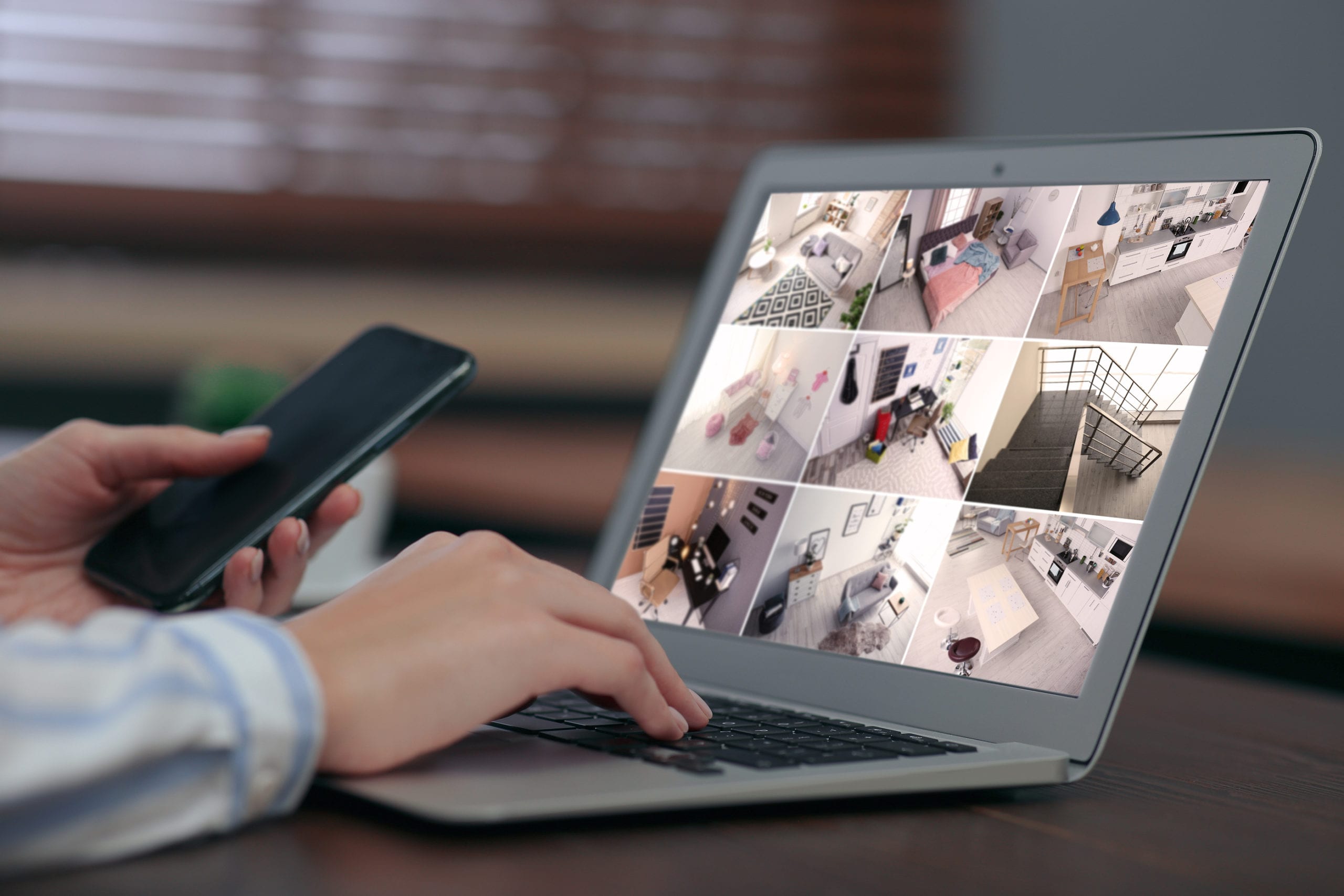
The reduction in price of home security systems and the ability to use them yourself without having to buy a monthly surveillance plan, has made them a very popular IoT (Internet of Things) device to add to your home.
People now use Ring doorbell cameras to see when that Amazon package has arrived and internal cameras to keep an eye on their kids and pets while they’re at work.
Home security cameras offer an affordable way to get peace of mind and increase your family’s security.
But while they may offer several benefits at a fairly affordable price and help prevent physical break-ins, if they’re not set up properly, they can easily be broken into from the inside by hackers.
Attacks on IoT devices (which include home security cameras) tripled in the first part of 2019.
Most people are familiar with those horror stories of hacked security feeds, such as the camera in a child’s room that allowed a hacker to speak to an 8-year old through the system.
That’s just one way that a residential security setup can go wrong. Other ways include not properly positioning or securing the cameras.
How to Use Your Residential Security Cameras Safely
Here are several best practices for getting the most out of your home security system and ensuring it’s safe.
Change the Password & Username During Setup
Hackers keep a list of all those default usernames and passwords that come with smart devices like security cameras or smart thermostats. They also automate them, having a script try them all in seconds as soon as a new IoT device is activated.
Hackers attack new IoT devices as soon as 5 minutes after they’re connected to the internet!
One of the very first things you should do when setting up a new security camera is to change the default username and password to protect it from being compromised.
Password tips:
- Ensure it has at least 10+ characters
- Use both upper and lower-case letters
- Use a combination of letters, symbols, and numbers
Change the Device Name
Devices that are connected to a network can generally be seen and identified by their names. For example, if you’re connected to the free Wi-Fi at an airport, you might see some of the other connected devices like “Joe’s Laptop” or “Amy’s iPhone.”
Your home smart devices also have their own names, and these are displayed whenever any one is looking at the list of devices on a specific Wi-Fi network.
It’s a good idea to change this name from the default setting to make it more difficult for a hacker to realize it’s the “Brown’s Ring Doorbell Camera.”
Tips for changing your device name:
- Don’t use a name that describes the brand/model of the device
- Don’t use a name with personal information (like your address)
- Try to use a name only you and your family will know (i.e. not “Ring Camera.”)
Learn the Best Positioning for Your Security Cameras
If you’re positioning a set of security cameras around your property, where else should they go besides the front door? No one wants to leave a spot vulnerable to a break-in unprotected.
Here are some statistics on the modes of entry most used by burglars that will help you position your security cameras to ensure you’re covered.
- Front door (34%)
- First-floor window (23%)
- Back door (22%)
- Garage (9%)
- Basement (4%)
Here are a few more positioning tips:
- Put Cameras High: Another positioning tip is to put the camera high enough to avoid a crook knocking it down. If you have a 1-story home, you can take precautions to protect cameras by using wire mesh.
- Off-Street Windows are More Popular: If you have to choose between a front window or rear window position, choose the window that’s doesn’t face the street. Burglars want to be as hidden as possible when trying to get in.
Separate IoT Devices from Other Network Devices
Another way you can reduce the risk of a breach of your IoT camera from an infected PC or mobile device on your network is to separate them on your Wi-Fi router.
You can do this by setting up a guest network on your router and using that network for only the security cameras. This helps reduce the chance that a hacker that’s gotten into another device will either discover or be able to hack into your smart security camera system.
Get Expert Security Camera Installation from Cris’s Tech Repair
If you’ve invested in security for your family, you don’t want an incorrect set up to put you at risk. We do expert installation of any size security camera system and provide repair services too!
Contact us to today for a home security setup consultation at 561-985-4961 or through our website.
